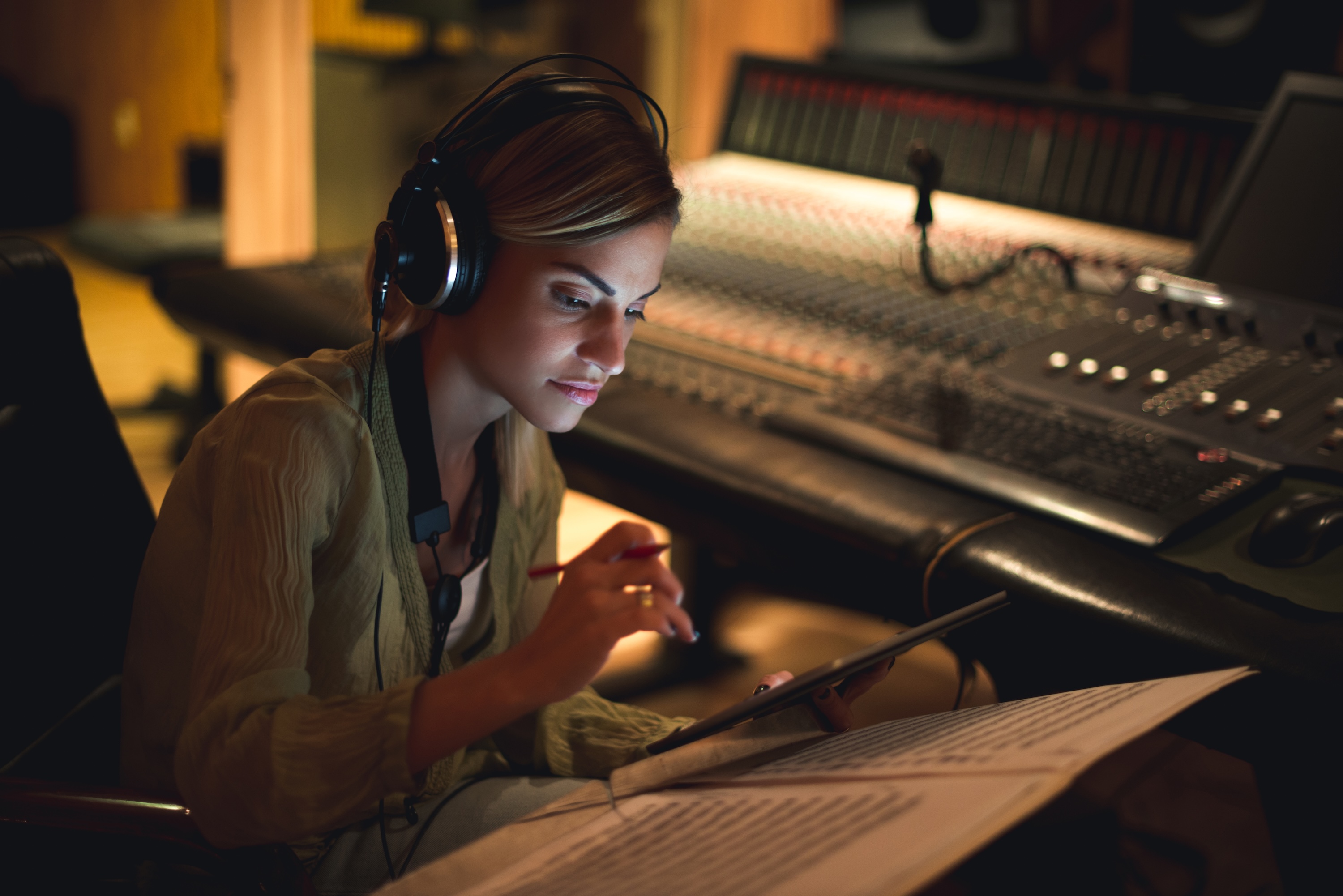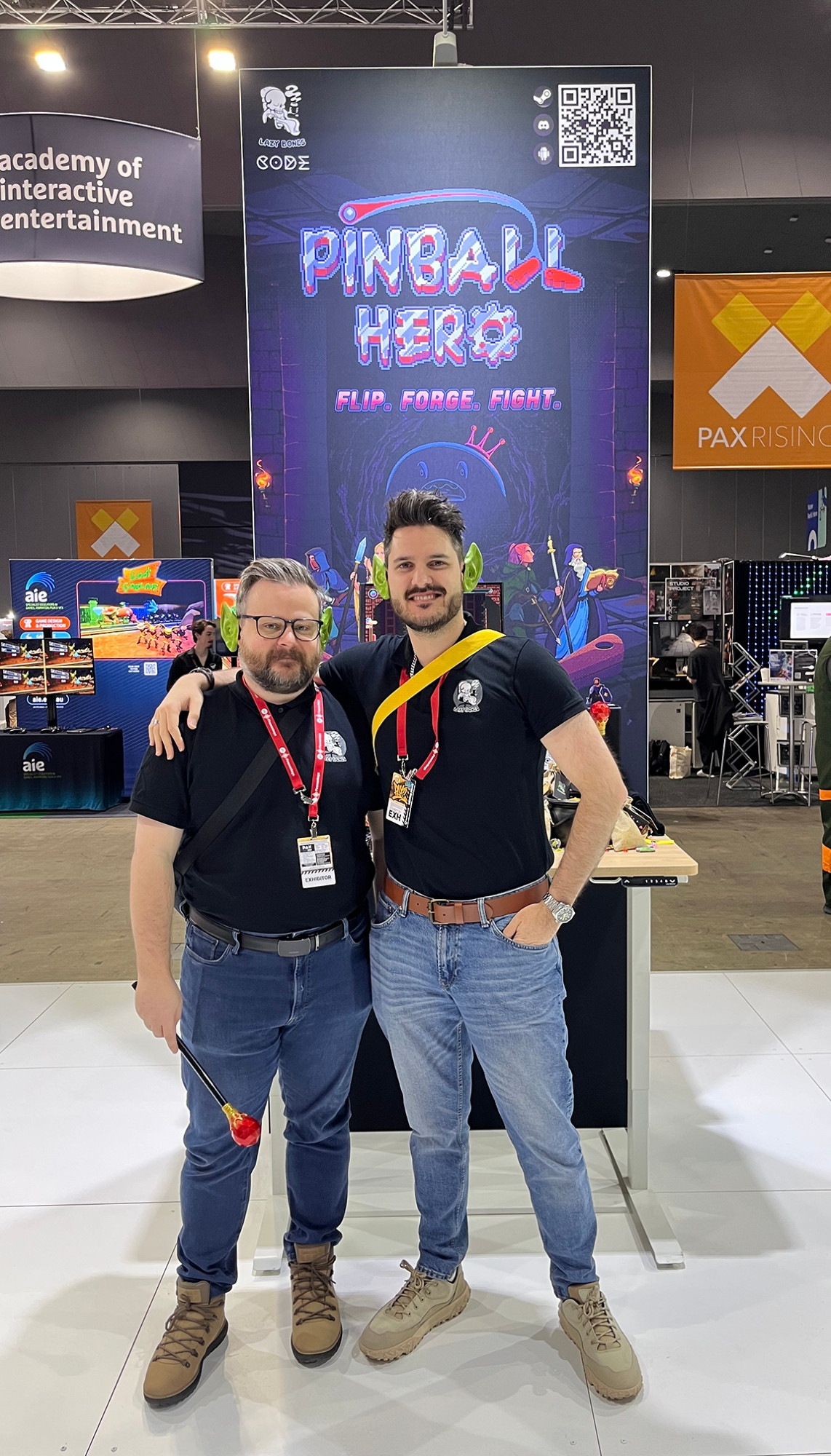Andy Blood at SXSW: Creativity That Can’t Be Coded, Quantified, or Replaced
In a world obsessed with optimisation, Andy Blood is showing up at SXSW Sydney to talk about something messier, richer, and infinitely more human: creativity. Not the kind spat out by an algorithm. The kind that resists templates. That surprises and refuses to be automated.
SXSW Sydney: where human brains explode
SXSW Sydney brings together the best minds in tech, business, government, health, marketing, and the creative industries for seven days of ideas, innovation, and inspiration. With 550+ sessions, it’s a place to uncover emerging trends, challenge your thinking, and explore what’s next.
Andy’s not there to echo the AI hype. He’s there to cut through the noise and ask the questions most people are too distracted - or too automated - to ask.
In an era of exponential change, where AI is revolutionising every aspect of our lives and where it is now almost impossible to avoid using it, it seems there’s an area where we still have the edge, and that is in the field of creativity. Because fortunately for humanity, evidence shows there is no correlation between intelligence and creativity which means all the time, effort and resources spent increasing the intelligence of LLMs to almost expert level across a wide range of domains, has little or no impact in this area. In fact, evidence suggests this optimisation toward intelligence decreases a model’s creativity and that you must add ‘noise’ to it or degrade the service in some way to make it more creative. Add to this, the idea that because the workings of the brain (at the molecular level, at least) is quantum, it is therefore impossible for classical computers (and by extension LLMs) to emulate it. Yes, many people are using AI to be more creative, but once again evidence shows the least creative are getting the most benefit while the most creative are getting the least benefit. And so, while there is a great ‘levelling up’ of creative output there is also an increasing homogeneity and stagnation. Everything is the same. Then there’s the question of bias. If you identify as BIPOC, queer, or neurodivergent, then the models don’t serve you well. Which all suggests, for the near future at least, that creativity might just be one of the last jobs left."
Panel One: There is No Algorithm For Creativity.
There is no algorithm for creativity. Because not all maths is computable and not all processes are algorithmic. Not while we’re using classical computers at least. So says Nobel laureate, Sir Roger Penrose. If true, then all the processing power in the universe won’t help AI be more creative than us because human creativity might just be one of those areas where an algorithm might never be found.
Andy’s first panel dives deep into this idea, bringing together three radically different minds:
Tara McKenty, Chief Creative Officer AKQA AU/NZ, former Creative Head, Google APAC.
Dr Michelle Dickinson, nanotechnologist and kinetic speaker, whose work at the atomic level is powered by bleeding-edge tech—but whose insights are anything but microscopic.
Claus Stangl, Archibald Prize Packing Room winner, whose large-scale portraits take months to complete and rely on nothing more than brush, canvas, and time.
James Hurman, entrepreneur, strategist, part-time VC, advertising effectiveness expert, company leader, and author of The Case for Creativity, and Future Demand.
All the evidence suggests optimisation toward intelligence decreases a model’s creativity and that you must add ‘noise’ to it or degrade the service in some way to make it more creative. Add to this, the idea that because the workings of the brain (at the molecular level, at least) is quantum, it is therefore impossible for classical computers (and by extension LLMs) to emulate it. Yes, many people are using AI to be more creative, but once again evidence shows the least creative are getting the most benefit while the most creative are getting the least benefit. And so, while there is a great ‘levelling up’ of creative output there is also an increasing homogeneity and stagnation. Everything is the same. Then there’s the question of bias. If you identify as BIPOC, queer, or neurodivergent, then the models don’t serve you well. Which all suggests, for the near future at least, that creativity might just be one of the last jobs left.
This isn’t a panel about prompts and pixels. It’s about process, identity, the future of meaning, and the future of creative work.
Panel Two: Creativity That Can’t Be Coded—Standing Out in an AI Crowd
Hosted by DEPT®
In a sea of sameness, human originality still has the edge. This panel focusses on how brands, creatives, and thinkers can cut through the algorithmic fog by leaning into what machines can’t fake.
This is a call to arms for anyone tired of templated thinking. For those who believe weirdness is a feature, not a bug. For those who know that in a world of infinite content, the only thing that stands out is the stuff that feels alive.
Media Design School at Strayer (MDS): Where Creativity Is Still Sacred
At MDS, students are trained to think critically, make bravely, and challenge convention. It’s a place where creativity isn’t a commodity—it’s a calling. And in a future increasingly shaped by automation, that calling has never been more urgent.
Want to learn from the minds shaping the future of creativity?
Follow Andy’s journey at SXSW and explore how MDS is preparing the next generation to create what machines can’t.
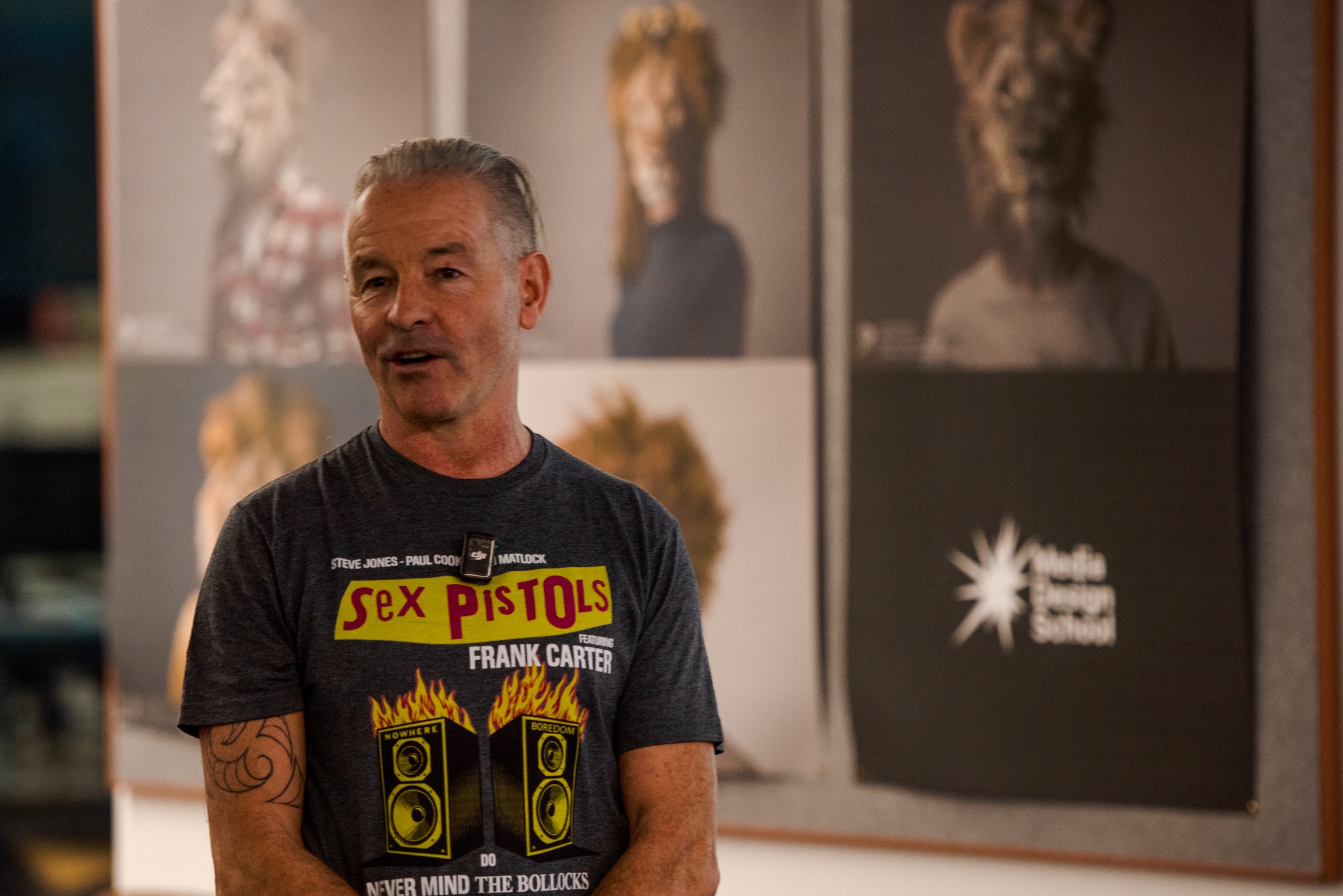
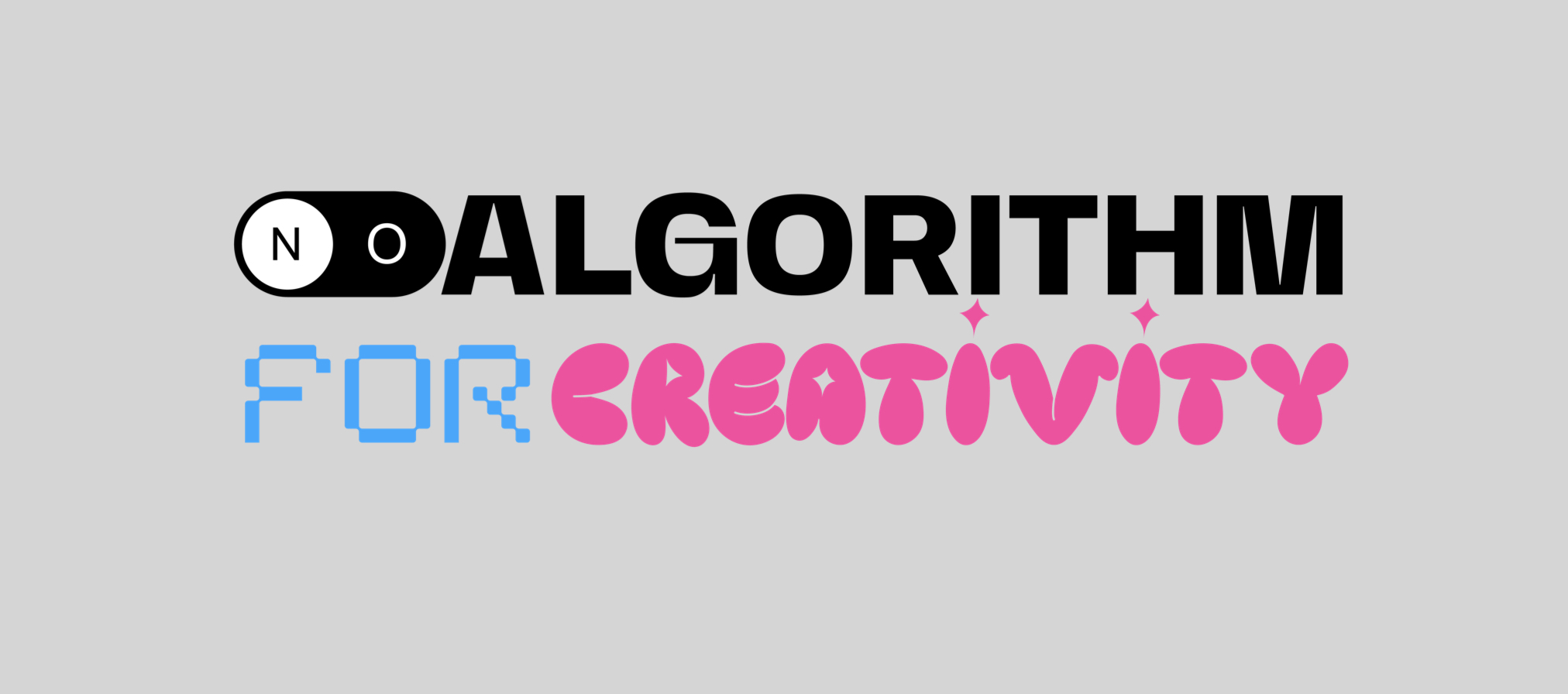
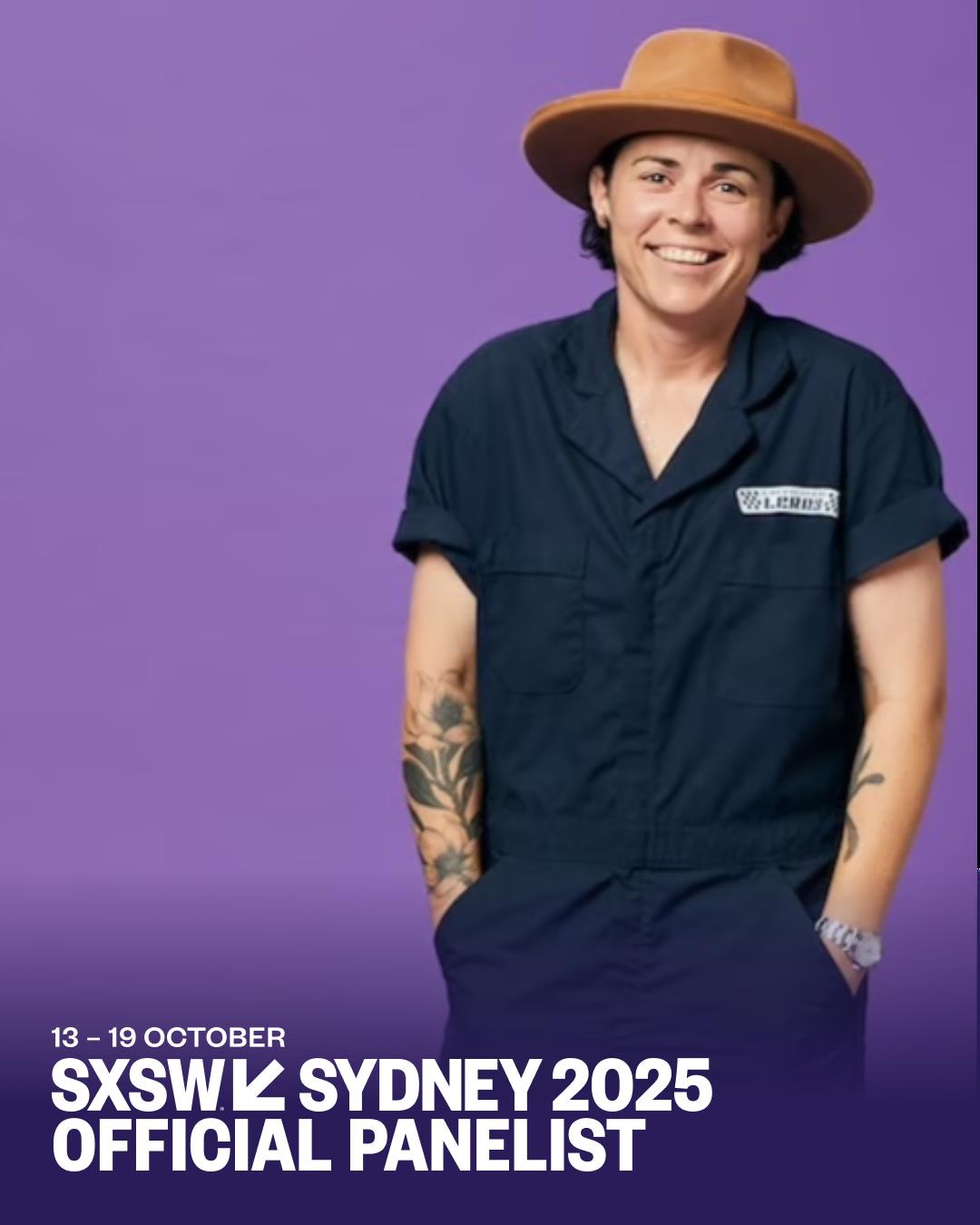
Tara McKenty, Chief Creative Officer AKQA AU/NZ, former Creative Head, Google APAC.
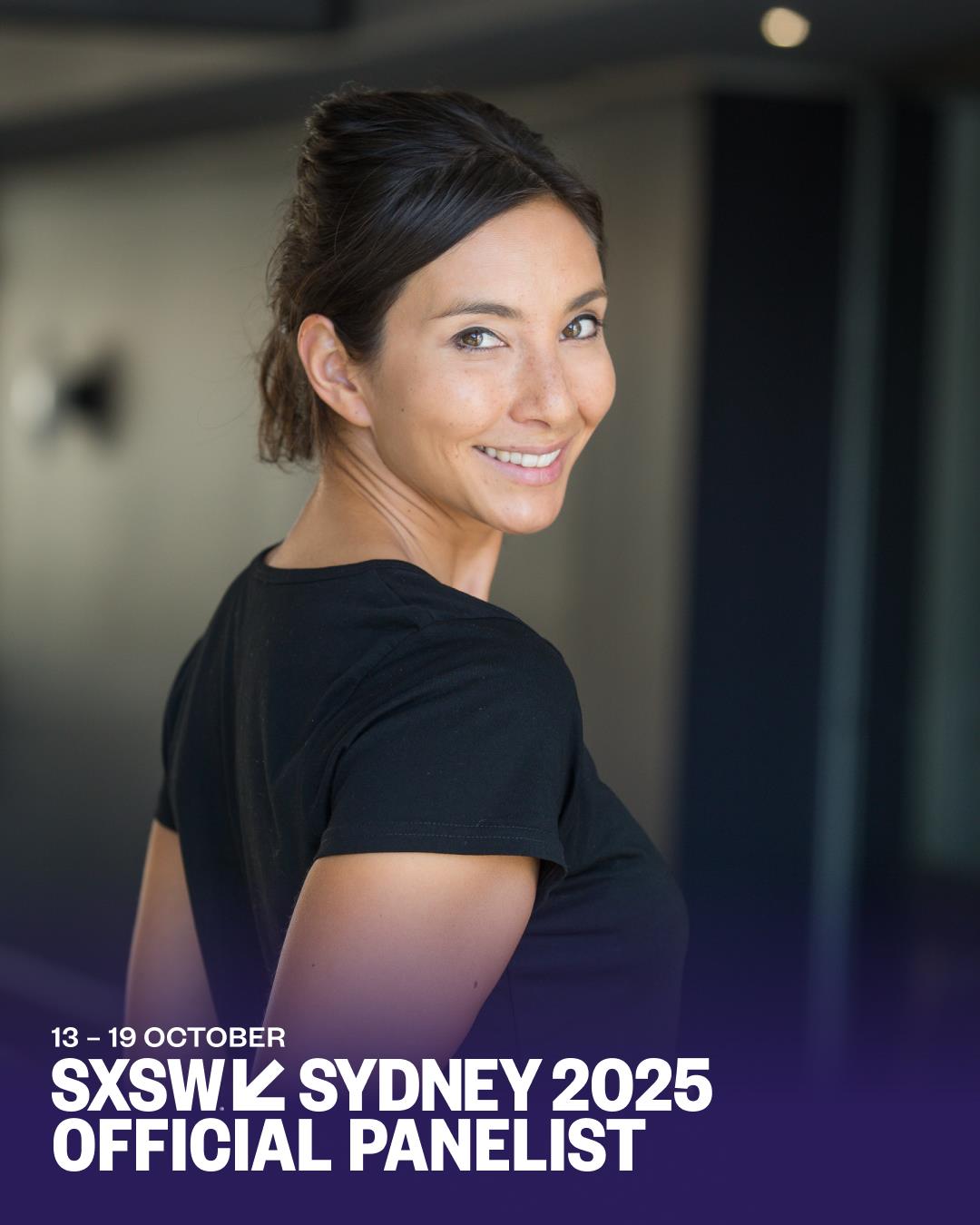
Dr Michelle Dickinson, nanotechnologist and kinetic speaker, whose work at the atomic level is powered by bleeding-edge tech—but whose insights are anything but microscopic.
Claus Stangl, Archibald Prize Packing Room winner, whose large-scale portraits take months to complete and rely on nothing more than brush, canvas, and time.
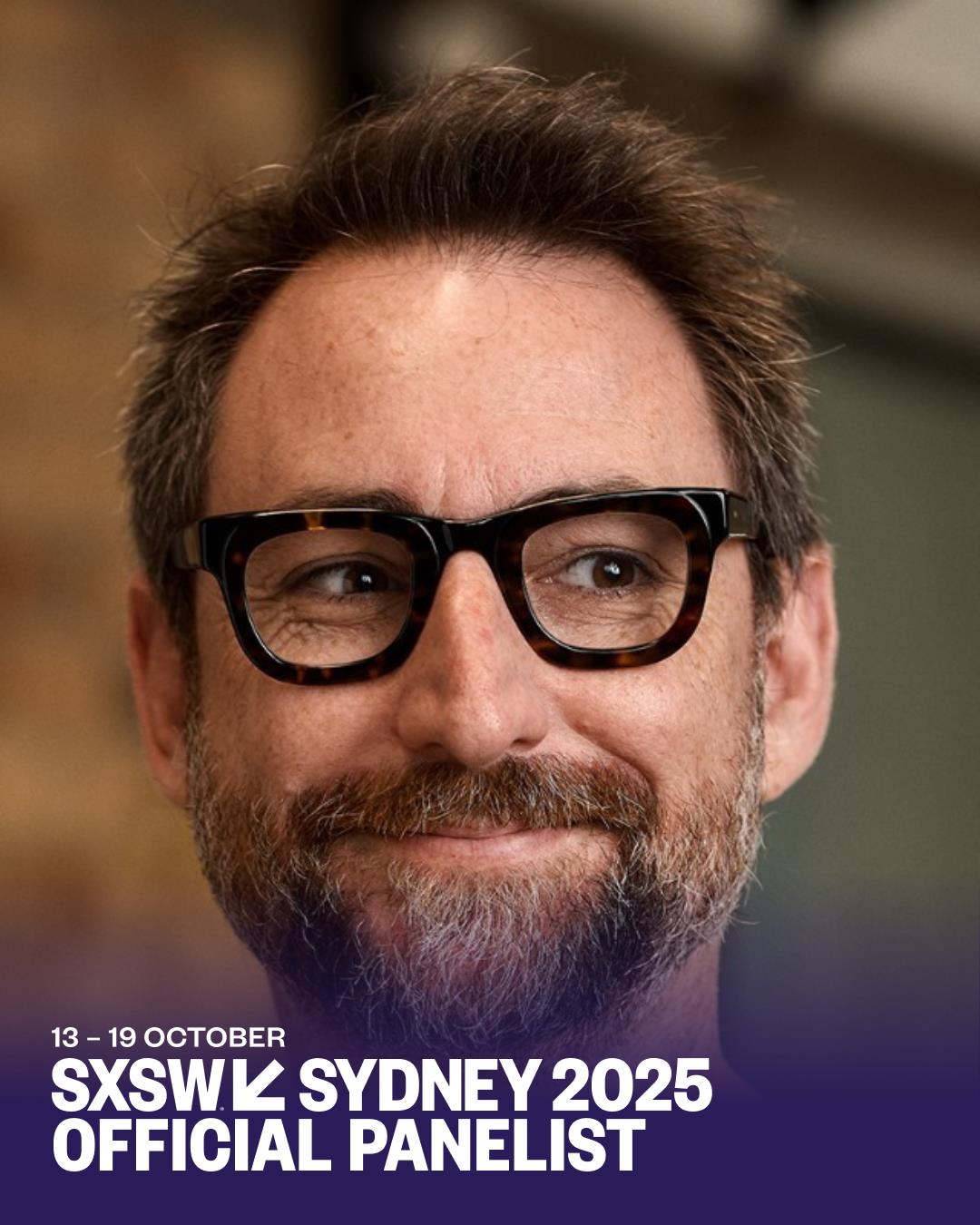
James Hurman, entrepreneur, strategist, part-time VC, advertising effectiveness expert, company leader, and author of The Case for Creativity, and Future Demand.
